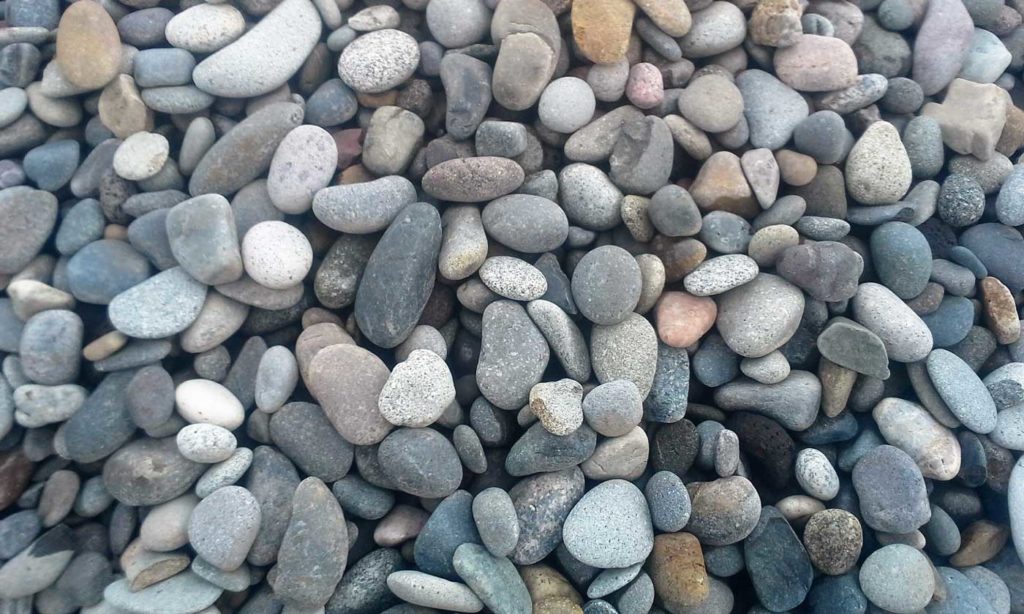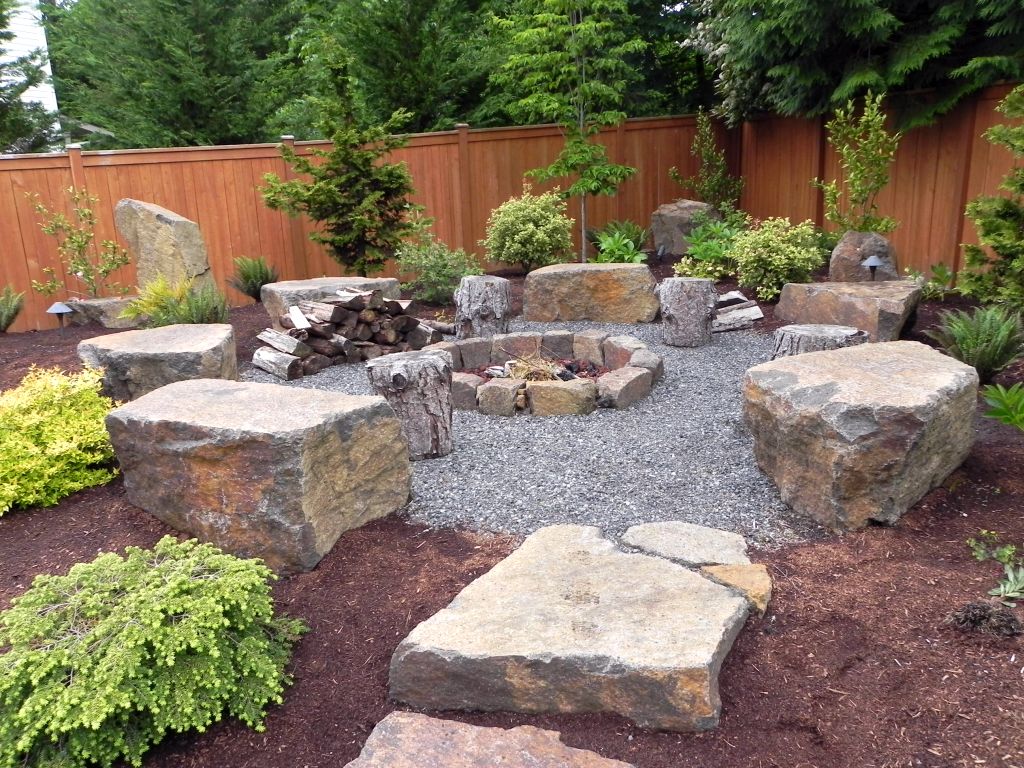

Pick the right plants.Ĭhoose plants that will thrive in your climate. Others, such as ferns and hostas, will need richer soil and more moisture. Alpine plants and other drought-tolerant plants will need sandy soil with sharp drainage. Soil matters.Ĭreate an environment that is hospitable to your chosen plants. Designer: Philip Thornburg, Winterbloom Landscaping. This rock garden features plants that thrive in partial shade, including ferns, bleeding heart, hellebores and ‘Bowles Golden’ sedge (Carex).


Lay out swaths of the same pebbles or gravel rather than mixing too many materials together. To keep the design from looking too busy, choose rocks with complementary colors and shapes. Vary the color and tone of other materials to lend contrast and visual interest. Select larger rocks in lighter hues so the landscape doesn’t feel dark and heavy. Smaller complementary stones or gravel placed around the larger rocks will unify the design. Allow space between the rocks for plants to grow.
GARDEN LANDSCAPE ROCKS INSTALL
Use a few well-placed larger rocks as primary focal points to anchor the space and install those first. Use a mix of materials such as stones, pebbles and gravel. To create contrast and visual interest, vary the size and shape of the rocks. Consider rock quarries or natural areas that allow rockhounding. For the budget-minded, Craigslist and Freecycle often have listings from people looking to get rid of rock materials. Peruse local garden centers, home improvement stores and specialty rock suppliers to see and compare materials before buying. In order to have the right materials on hand, make a list of what you need. Designers: Adriana Berry, Plant Passion Design. Vary materials such as pebbles, gravel and stepping stones to make a more visually interesting landscape. Incorporate a water feature or stepping stones to enhance the natural appeal. Random groupings of stones will look more natural than placing them in neat rows or organized patterns. This will make the design more visually pleasing and cohesive with the rest of the yard. Take a cue from Mother Nature by making the rock garden look like it belongs.

Create a look that complements your home’s style as well as the rest of the yard. Rough irregular rocks add rugged natural appeal, while smooth pebbles or clean white gravel lend a more formal appearance, such as with Japanese rock gardens and Zen rock gardens. Big boulders can overwhelm a small space, while small stones will get lost in a sweeping landscape. Use materials that are in scale with your home and yard. Larger rocks are a challenge to lift and set in place, so it’s crucial to know ahead of time where you want them. For a bigger project, you may want to consult with a landscape designer. Once you have some basic ideas, make a plan and draw a rough sketch. Make an idea board or list with attributes you want to include. Gather ideas by looking at photos of rock gardens on the internet and by visiting local gardens. Even a front yard can have a rock garden. Where would a rock garden look best in your yard? Is the site in sun or shade? Will plants need regular water, or will it be a drought-tolerant landscape? Don’t be afraid to think outside the box. Even a front yard can be the site of a rock garden, such as this entryway shown here. Here are some basic principles to get you started, along with a list of recommended plants. In order for your finished project to have cohesion, it should be well thought out and designed. Rock gardens are low-maintenance and lend year-round structure to the landscape. Even a container can become a miniature rock landscape. A rock garden can range from a complex large-scale project with many aspects and layers, to something as simple as a small corner adorned with gravel and river stones. Different areas of the yard such as walkways and beds can be outlined or separated with an attractive arrangement of rocks, pebbles or gravel. Rocks can be used to define a slope, act as a substitute for a lawn, or become a solution to an area where little will grow. The rugged appearance of rock adds earthy appeal, connecting a manmade landscape to the natural world. Photo: Janet Loughrey.Īdding a rock garden to your yard is a creative way to add depth and dimension to a flat or mundane space, or to introduce an element of surprise. Add a waterfall or other water feature to enhance the natural appearance. A rock garden can add height and depth to a flat area.


 0 kommentar(er)
0 kommentar(er)
